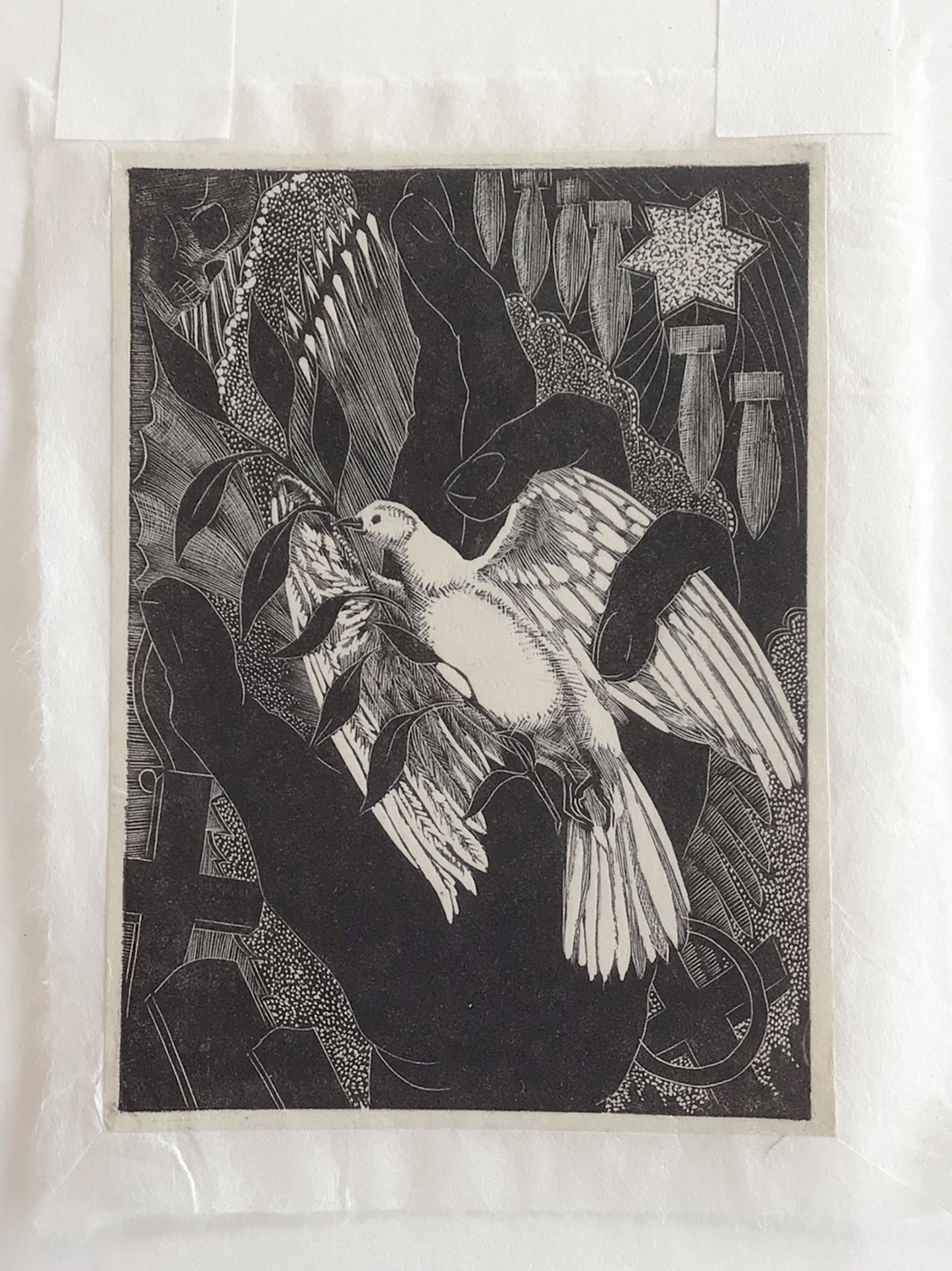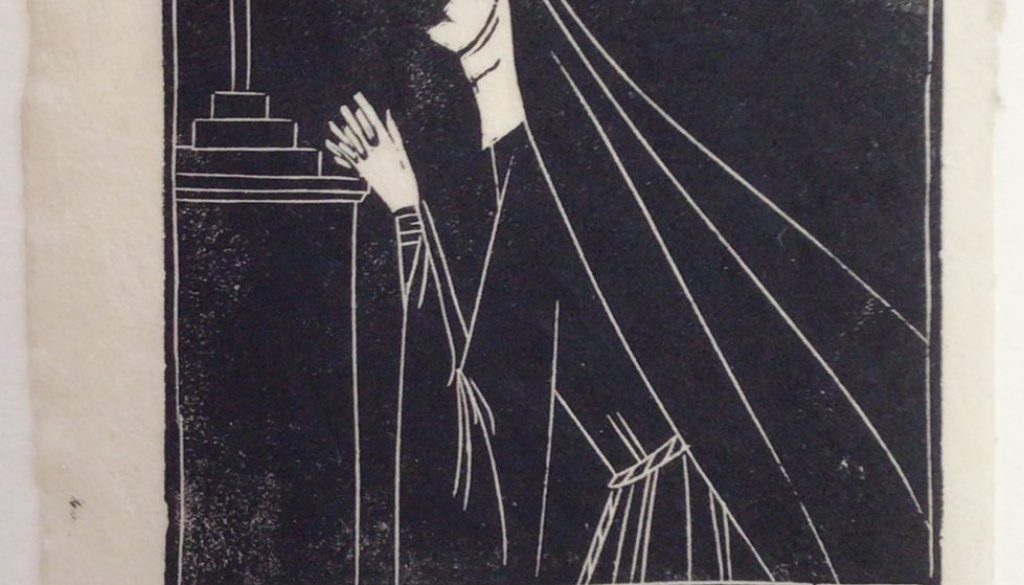The Lost Ladies of Print
As some subscribers will know, here at Art on Paper, we are particularly fond of those lady artists who should be more well known, but are just not. Many women students of art and design in the early part of the 20th Century leaned towards an interest in print and the graphic form. It is another example of how print has continued, from its early inception, to be adopted as a radical form of art.
Some of the female art students of the early 20th Century became well-known as designers, whilst others continued a career in painting, such as Laura Knight. Others remained relatively unknown, but not because they were untalented. World War II cut short the careers of many artists. Women artists also found it harder to carry on with a career as well as managing their family life. Taking a married name or needing a regular income meant that these artists have been lost or overlooked.
In the world of ‘wood engraving’, there is a lot of research being carried out to rediscover some of these artists, including a new book by Simon Lawrence of The Fleece Press on the history of the Society of Wood Engravers 1920 – 1946.
Many of the female art students were commissioned to create graphic artworks for advertising. Some of these produced work for the London Underground and London Transport in the 1930’s, which I wrote briefly about in a previous blog post. These early British modern graphic designers who created posters for the Underground and Tram systems, were known as the Poster Girls.
Monica Rawlins was one such artist. She was a woodcut artist and painter of portraits and studied at the Central School of Arts and Crafts, under Leon Underwood . The Central School of Arts and Crafts introduced wood engraving into the curriculum in 1912, and it was popular with the female students. Rawlins did exhibit during her student years 1925-1930, and she designed a poster for London County Council Tramways in 1926.
Other than a few snippets, not much is known about her work and life. Even when I set my expert artist super-sleuths on the case, they were unable to find out much. She left her diaries to the National Library of Wales in Aberystwyth. The BBC Drama, Writing the Century: The View from the Windows by Bethan Roberts, is based in these diaries. They also have a self-portrait in their collection.
Rawlins bought the house ‘Brynmerheryn’ in Ceredigon, Wales, in the 1940’s, on the recommendation of painter Augustus John. There she farmed geese – a bit more about this can be found in this lovely blog post by The Curious Scribbler.
She grew up at Siston Court, a sixteenth century manor house near Bristol (incidentally, this is near the hamlet of Goose Green – perhaps prompting her later interest!). The Rawlins family were the last to own Siston Court as a single dwelling, around the 1900’s.
If anyone knows any further details about her, I’d love to know more, and if I am passing near Aberystwyth on any adventures, I’ll be sure to pop in and have a look at the diaries of her time in London.
Rawlins would have been 22 years old when she produced the lovely nun (above). It has (I think) a really lovely graphic quality. Bearskin was exhibited in 1930. Nun is dated 1925, so would have been created early on as a student at the London Central School of Arts and Crafts.
Here at H.Q. we have taken to viewing these two prints as the nun ‘with and without’ her habit – or as their new owner suggested ‘From Wimple to Dimple’. Although they are not designed as a pair, I couldn’t help but frame them as such. They are joyous little engravings.
Constance-Anne Parker (1921-2916) was a little later. She studied at the Royal Academy Schools and returned to the RA in 1958 as an assistant librarian, where she lectured on the history of the RA and wrote a book about George Stubbs which was published in 1971.
During this time she continued as a practising artist, including wood engraving, which was slightly out of fashion at the time. It fell out of favour as an art form after the war and it wasn’t until the 1980’s that there was a re-emerging interest in it. This wood engraving of War and Peace (unsigned) is c.1950.
 War and Peace (c.1950s)
War and Peace (c.1950s)
She exhibited widely, although mainly her work in painting and sculpture, and in 1974 was appointed the first women librarian of the Royal Academy. More work by Constance-Anne will be in the online shop soon.
I will continue to look for other examples of these women print makers, and look forward to sharing them with you as I find them.





